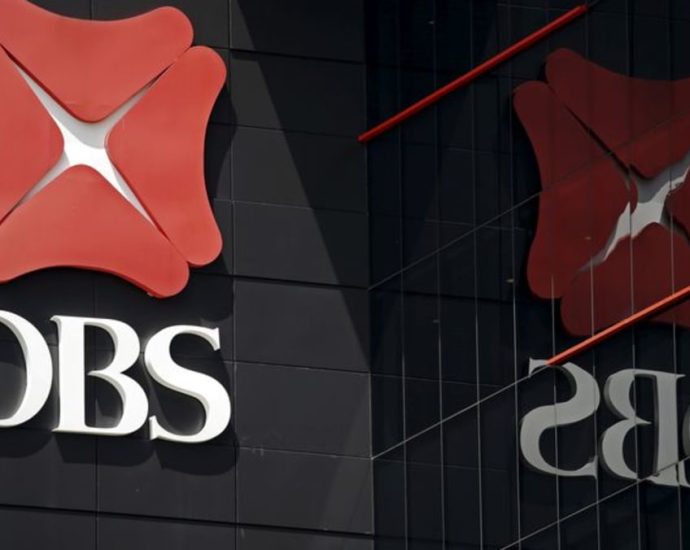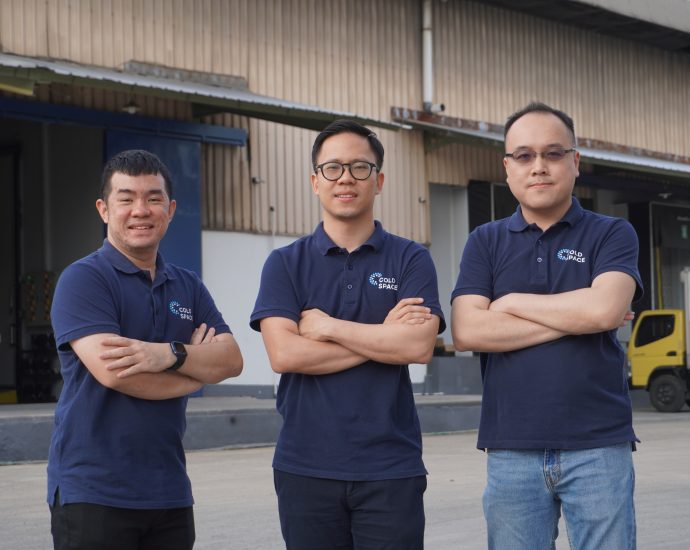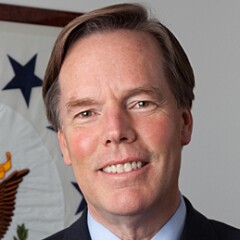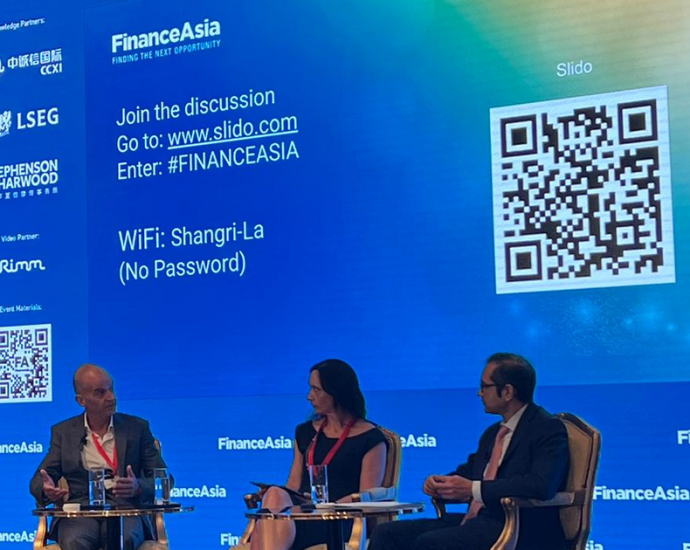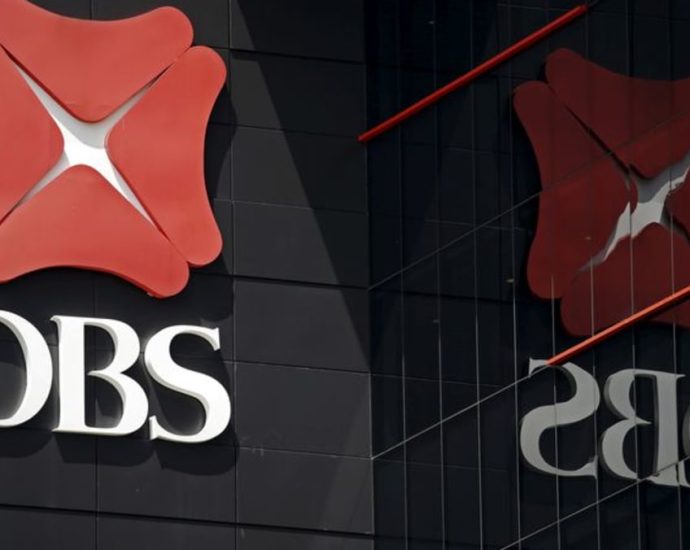COVID-19 global emergency over but risks remain, says China health official
The WHO announcement came after its independent emergency committee on the COVID-19 crisis agreed it no longer merited the organisation’s highest alert level and “advised that it is time to transition to long-term management of the COVID-19 pandemic”. But the danger was not over, according to WHO chief Tedros AdhanomContinue Reading





